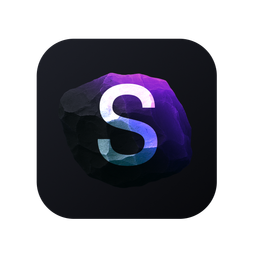
Problem
The system we had didn’t work well anymore:
- Designers often detached components and changed them manually
- Developers didn’t have a clear source of truth
- Tokens didn’t exist, colors and spacing were added by hand
- Components were outdated, without variants or responsive layout
- There was no documentation at all
Each product looked different. Sometimes even screens inside the same product had no connection in style. When new teams joined, they couldn’t rely on the system and started creating their own. This made everything worse.
Eventually, it slowed down the entire workflow. It wasn’t just a design problem, it became a team and business problem.
Solition
To address these issues, a comprehensive design system was developed with a structured, step-by-step process. The solution started with a thorough audit and planning phase to understand team needs and pain points. Color, typography, and spacing tokens were introduced, and component libraries were modularized for better scalability. Core UI components (such as buttons, checkboxes, and inputs) were rebuilt with responsiveness, auto layout, theme support, and usage tips, while more complex shared components (headers, panels, layouts) followed. The system emphasized real-world feedback and continuous iteration, with team-specific designers refactoring legacy layouts. The result was faster workflows, cleaner UIs, improved collaboration, and greater business agility, as teams shared a consistent, reliable foundation for design across all products.
.webp)
.webp)
.webp)
.webp)
.webp)
.webp)
.webp)
.webp)
.webp)
.webp)
